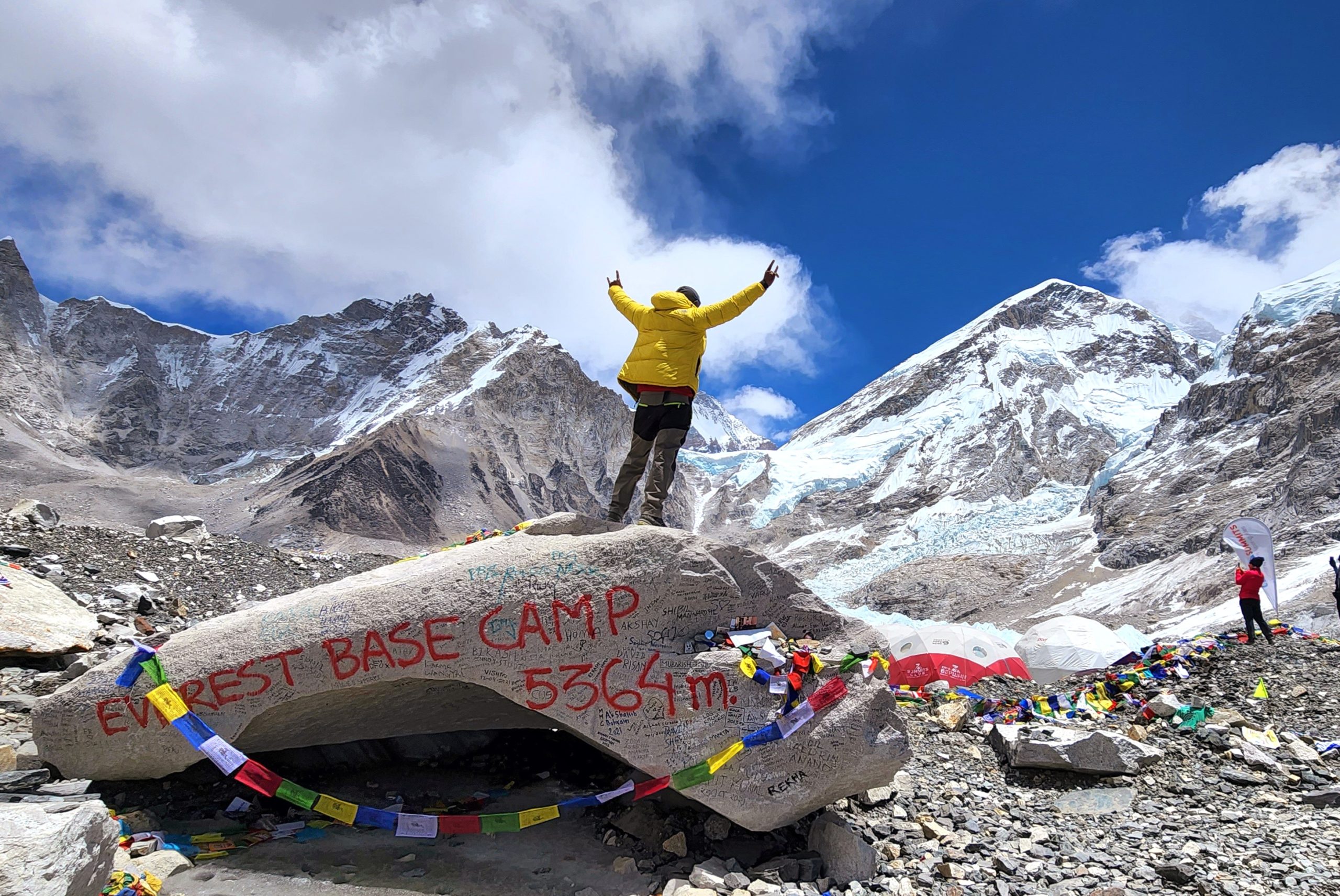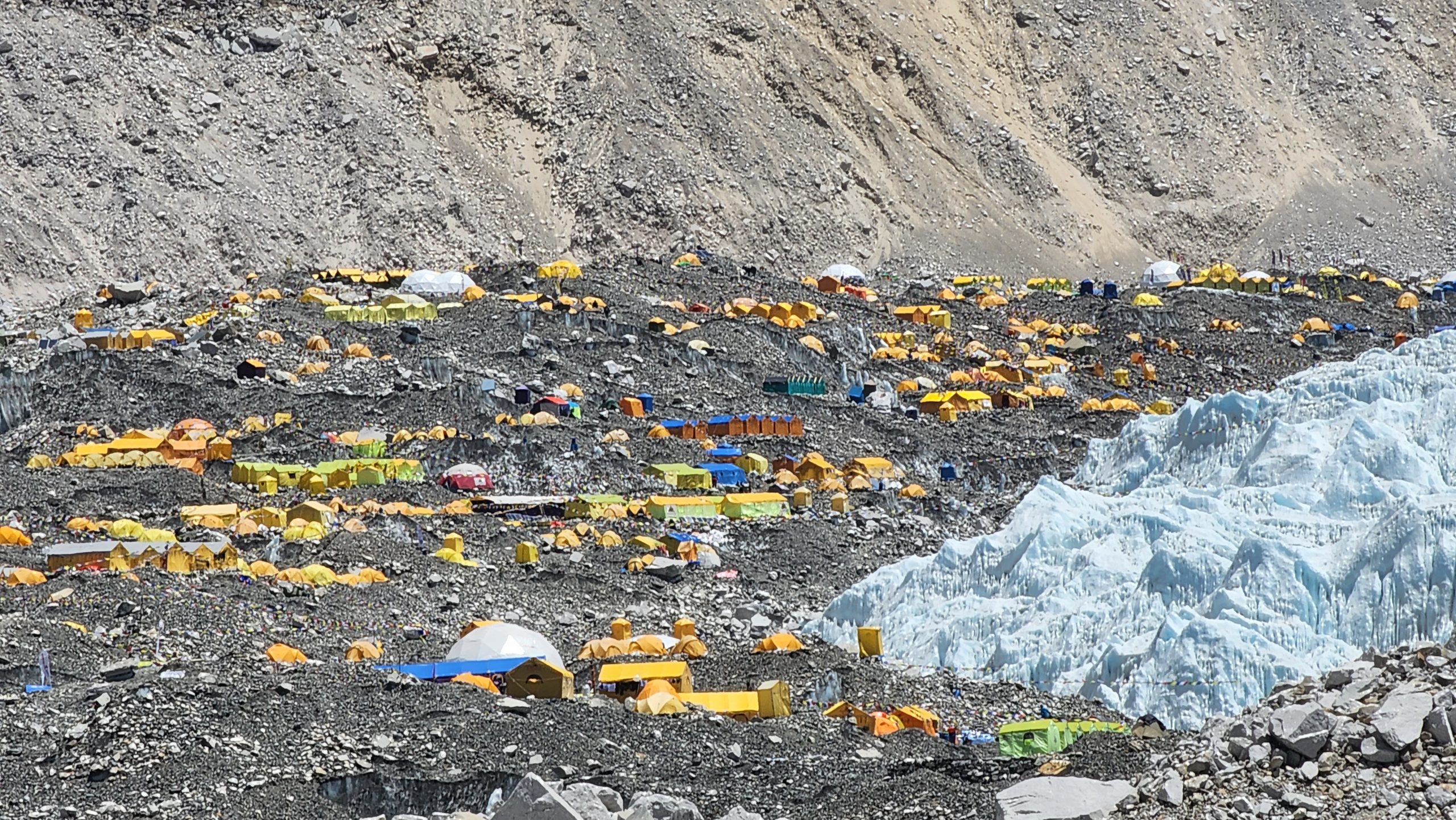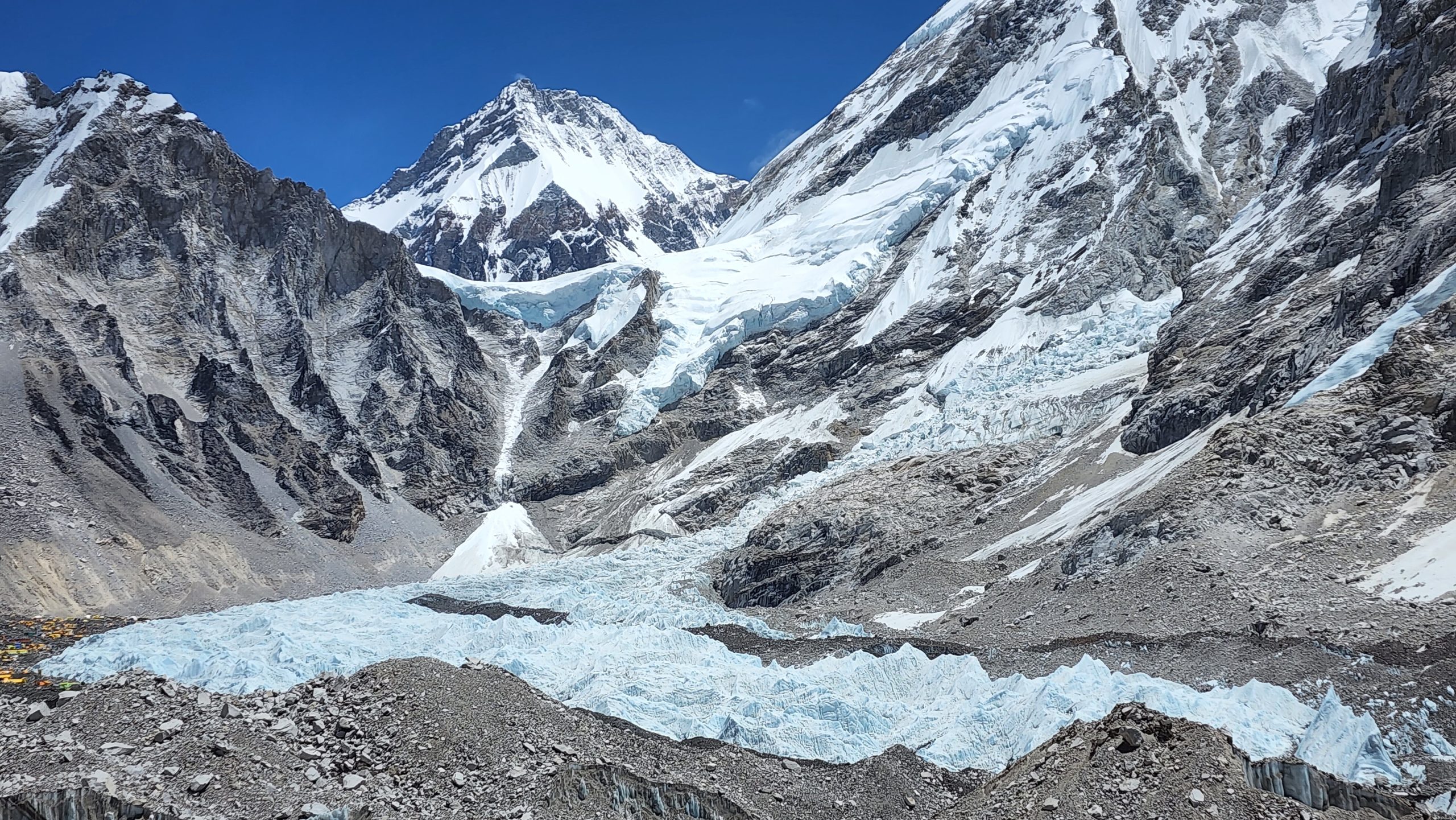
Manaslu Trekking: A Journey Into Nepal’s Untouched Himalayan Beauty
January 23, 2025
The Ultimate Adventure: Tackling Nepal’s Toughest Trekking Routes
January 29, 2025
Manaslu Trekking: A Journey Into Nepal’s Untouched Himalayan Beauty
January 23, 2025
The Ultimate Adventure: Tackling Nepal’s Toughest Trekking Routes
January 29, 2025Mount Everest has long been the ultimate challenge for mountaineers, a symbol of human endurance and adventure. However, as the costs of attempting to summit the world's highest peak continue to rise, the recent decision by Nepal to increase the royalty fee for climbers has sparked significant debate within the mountaineering community. This increase, aimed at regulating the number of climbers and preserving the mountain’s fragile environment, is reshaping the future of Everest expeditions. But what does this mean for climbers, the local economy, and the future of Everest tourism?
The New Royalty Fee
As of 2025, Nepal has raised the royalty fee for climbing Mount Everest. The new fee now stands at $15,000 per person—up from $11,000—making it one of the most expensive places in the world to climb. This fee is intended for foreign climbers applying for permits to attempt the summit. While this decision is in line with Nepal's broader efforts to regulate the surge in climbers and ensure that only those with serious intentions are attempting the summit, it also raises questions about accessibility and the growing commercialization of Everest expeditions.
Why the Fee is Going Up
The increase in the royalty fee comes as Nepal struggles to balance the environmental and human impact of Everest tourism with the significant economic revenue it generates. The Nepalese government has been facing mounting pressure to address concerns about overcrowding on the mountain, the safety of climbers, and the preservation of the Everest region’s delicate ecosystem. In recent years, the number of people attempting to summit has soared, and with it, incidents of overcrowding, waste, and environmental degradation.
Increasing the royalty fee is part of a broader strategy to limit the number of climbers and ensure that only those with sufficient financial resources and experience are attempting the climb. This decision is also aimed at curbing the "tourist climbers"—individuals who might not have the necessary skills and who contribute to the congestion and increased risks on the mountain.
Impact on Mountaineers
For seasoned climbers, this fee increase may not significantly impact their plans—especially given that the cost of an Everest expedition can already exceed $50,000 when factoring in permits, gear, guides, and logistics. However, the higher price tag will likely deter those who have less experience or financial backing, narrowing the field of applicants. For the growing number of people attempting the climb as a bucket-list experience, the increased cost could push Everest further out of reach.
Some critics argue that the fee increase could make the mountain more elitist, favoring wealthier climbers over those who might be more capable but less financially privileged. Others see it as a necessary step toward reducing the strain on the mountain and ensuring that only those who are fully prepared to face its challenges are attempting the ascent.
The Local Economy: A Double-Edged Sword
Mount Everest and the surrounding Khumbu region rely heavily on tourism to fuel the local economy. Sherpas, guides, porters, and hotels all depend on climbers for their livelihood. The influx of wealth from mountaineering has brought significant improvements to the area, but it has also introduced challenges, such as waste accumulation, overdevelopment, and cultural erosion.
By increasing the royalty fee, Nepal could be taking steps to ensure that only the most serious climbers are able to undertake the expensive journey. This might result in fewer climbers overall, but those who do make the trip are likely to spend more in the region, benefiting local businesses that cater to high-end expeditions.
On the flip side, if the higher fee deters too many climbers, it could lead to a drop in tourism revenue. In an area where alternative income sources are limited, this could pose significant challenges for the local population.
Preserving Everest for the Future
One of the main arguments in favor of increasing the royalty fee is the desire to protect the environment. Mount Everest has been facing an escalating environmental crisis, with trash, human waste, and discarded gear accumulating along the trails and campsites. Additionally, overcrowding has increased the risks to climbers and posed serious logistical challenges for the region.
By limiting the number of climbers, the government hopes to reduce the environmental footprint of expeditions and give the region time to recover from the strain it has endured over the years. However, critics argue that more direct action, such as better waste management systems, stricter regulations, and improved safety standards, is necessary in addition to the higher fees.
A Changing Landscape for Everest Expeditions
While Everest has always been a symbol of human ambition, the challenges it faces in the 21st century are different from those of previous generations of climbers. Increasing royalty fees, stricter regulations, and a growing concern for sustainability are all shaping a new era for Mount Everest.
For climbers, this means that while the dream of summiting Everest remains alive, the path to the top may be more selective and financially demanding. For Nepal, it’s a delicate balancing act—ensuring that Everest continues to be a global symbol of adventure while safeguarding its ecological integrity and the well-being of the local communities who depend on it.
As we watch the world’s tallest mountain continue to be a beacon for climbers and adventurers, it’s clear that the way forward must blend respect for the mountain with a more sustainable, responsible approach to climbing. The increased royalty fee is just one part of a much bigger conversation about what it means to climb Everest in the modern era—and how to preserve its grandeur for future generations.



